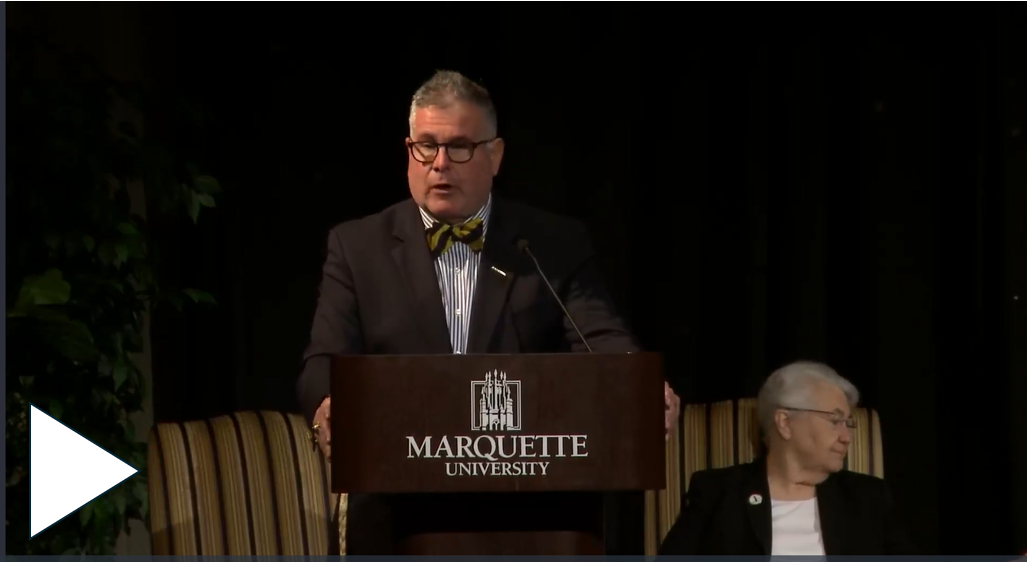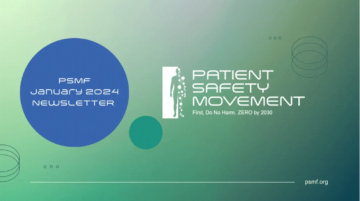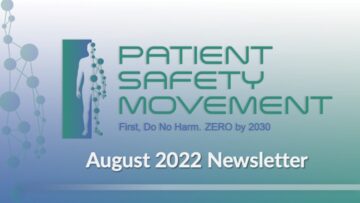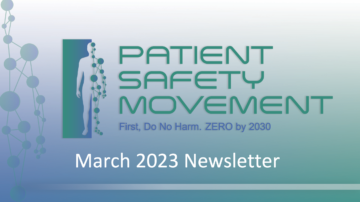“I believe in persistence. As long as the market is big enough and the reward is there if you ever do solve a problem, don’t give up.”
Joe Kiani, Founder
Patient Safety Movement Foundation

Letter from CEO
In many parts of the world, February is the month for celebrating love. St. Valentine’s Day is on February 14 in some countries. The patron saint of lovers, St. Valentine apparently was a Roman priest in the 3rd century performing secret weddings against the wishes of the authorities. Unfortunately, there appears to be little recognition or celebration of love in the world today. We have brutal wars going on where schools and hospitals are destroyed and used to protect combatants. Patients, children, and healthcare workers are killed and injured. These casualties are not from medical mistakes; these are from deliberate acts of war. We need to bring back the sanctity of healthcare facilities and our children and take them out of battle zones.
In the United States today, the largest killer of our adolescents is the narcotic fentanyl—over 80,000 deaths in 2021 according to the National Institute of Drug Abuse1; now it is probably over 100,000. Many of the deaths are not the result of fentanyl addiction but the fact that mild medications, such as tranquilizers bought on the street, have been laced with strong fentanyl, causing respiratory depression and death. The FDA (Food and Drug Administration) has now approved naloxone nasal spray, an antagonist of fentanyl, to become available without prescription. According to Jessica Taylor et al. in the January 16 edition of JAMA, individuals at risk for opioid overdose, as well as their friends and families, should carry naloxone.2 People at risk include those with opioid use disorder or people using stimulants and nonprescribed benzodiazepines that may be contaminated, deliberately, with fentanyl. In fact, people taking prescribed opioids should have naloxone available. The question is, how is someone who has stopped breathing able to administer naloxone to themselves?
This brings up the concept of wearable digital health technologies for monitoring.3 Wearable monitors are now available, and many people have purchased various devices that can send an alarm to their cell phones when serious aberrations in vital signs occur. They were used in the Covid period to help keep patients out of the over-full hospitals, alerting the caregiver and the patient via cell phone if their oxygen saturation declined below 92%. This technology should be worn by people who need to carry nasal naloxone so they receive a loud cell phone alarm if they stop breathing and know to administer the naloxone.
Then we come to the high rates of avoidable harm and mortality in our hospitals. Approximately 25% of patients experience an adverse event in US hospitals, with over 40% caused by preventable errors. Many automobiles have monitors that help the driver avoid swerving out of their lane or reversing into a wall or tell them to hit the breaks to prevent a collision. Our patients in hospitals are not monitored continuously unless in a special unit. Human beings are fragile, and they all should be monitored in hospital, not by being tethered to a box, but by using wearable devices that transmit information wirelessly to caregivers and the patient. No patient should be found “dead in bed”! Harm should be detected early, where possible, at a time when it can be corrected.
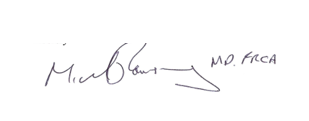
Michael A.E. Ramsay, MD, FRCA, Chief Executive Officer, PSMF
- National Institute of Drug Abuse 2023. https://nida.nih.gov/research-topics/trends-statistics/overdose-death-rates.
- Taylor JL et al. JAMA 2024, 233; 250-1.
- Spatz ES et al. N Engl J Med 2024; 390:346-356
Patient Safety Movement Foundation
2024 Action Plans
At the Patient Safety Movement Foundation’s annual Mid-Year Event on January 26, patient safety experts from around the world participated in the creation of an action plan to eliminate preventable patient and healthcare worker harm. The Patient Safety Leadership Association was inaugurated by the Patient Safety Movement Foundation to respond to the need for a targeted forum for chief quality and patient safety officers and patient safety activists.
The forum is a global executive network designed to champion the critical work of chief quality and patient safety officers within the healthcare system, supporting their efforts to implement evidence-based solutions and new technologies proven to save patient lives. The Patient Safety Leadership Association is expected to play a key role in furthering the action plan set forth at the Mid-Year Event.
The plan’s action items include:
- Seeking unwavering commitment from hospital governance boards and senior executives to champion a culture of patient safety within their institutions, while implementing a rigorous review process.
- Actively involving patients and their families in crucial healthcare decisions in a manner that recognizes their invaluable perspectives and the critical roles they have to play in their own care.
- Urging hospital leadership to foster a climate that prioritizes the well-being of healthcare employees and ensures a workplace that empowers, supports, and nurtures their resilience in the face of challenges.
- Embracing the transformative potential of artificial intelligence to improve diagnostic accuracy and healthcare decision-making in response to recent data showing that misdiagnosis is a major contributor to medical errors.
- Elevating the standard of safety for treating sick children, particularly during hospitalization, while increasing parent engagement.

PSMF Governance Board Spotlight
Dr. Ed Kelley, member of the Patient Safety Movement Foundation’s Governance Board and Chief Global Health Officer of ApiJect Systems, shares his personal connection to patient safety. Please enjoy the video.
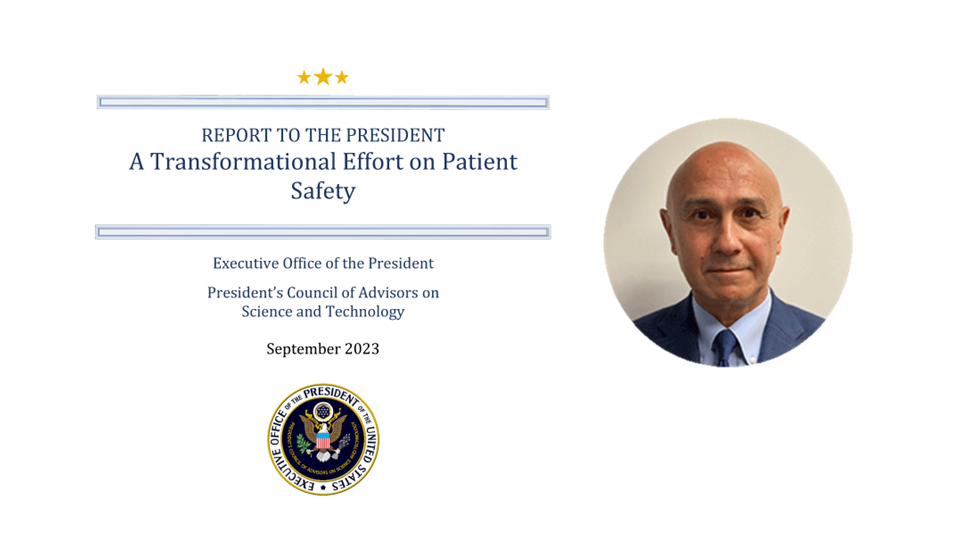
Words of Encouragement to President Biden
I commend President Joseph Biden and his PCAST for their bold and pioneering stand on patient safety in the United States and for issuing the seminal report, A Transformational Effort on Patient Safety, in September of 2023.
President Biden has a unique, admirable, and long track record of advocating for safety improvement in the United States. Exhibit A: his relentless efforts, then as a US senator from Delaware in the mid-1980s, to establish an independent nuclear safety board (New York Times, December 27, 1989). His recent Executive Order on Safe, Secure, and Trustworthy Development and Use of Artificial Intelligence (AI) (October 30, 2023) mandates AI safety, “responsible use of AI in healthcare,” and “oversight of AI-enabled healthcare-technology algorithmic system performance.”
The PCAST report’s recommendation for the establishment of a “multidisciplinary National Patient Safety Team (NPST)” and its intended emphasis on safety culture (of which the “just culture” is one of its components) is highly welcomed and most noteworthy.
After teaching and conducting research on safety-critical systems, including patient safety, for over three decades, I believe that safety culture is analogous to the human body’s “immune system” that protects it against pathogens and fends off diseases. As the renowned Professor James Reason has succinctly said, because of the pervasive nature of safety culture and its widespread impact, “it can affect all elements in a system for good or ill.”
I believe President Biden’s steadfast safety efforts, along with the PCAST report and his executive order on AI, will initiate a paradigm shift in the United States healthcare industry by reimagining patient safety.
Najmedin Meshkati, MS, PhD
Professor
Department of Civil/Environmental Engineering
Department of Industrial and Systems Engineering
University of Southern California
Governance Board Member, Patient Safety Movement Foundation
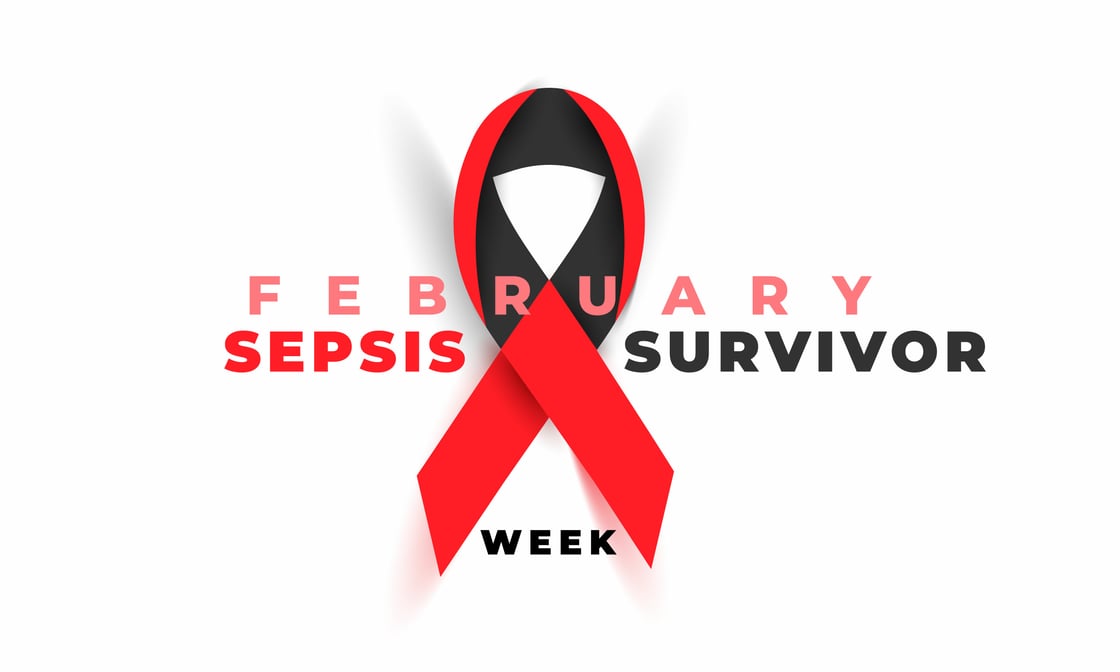
Sepsis Survivor Week
February 11-17, 2024

National Women Physicians Day
February 3, 2024
A Focus on Patient Safety
By Diane Perez, MD
In the spirit of National Women Physicians Day on February 3, it is an opportune moment to acknowledge the remarkable contributions of female physicians to healthcare and to emphasize an aspect of medical care that is paramount for every practitioner and patient alike: patient safety. This day not only celebrates the strides women have made in medicine but also serves as a reminder of the continuous effort needed to enhance patient care and outcomes.
A critical element in achieving optimal patient safety is the active participation of the patient and their family members in the healthcare process. Effective communication between healthcare providers, patients, and families is foundational to patient safety. Clear, concise, and compassionate communication ensures that patients and their families are well informed about their health conditions, treatment options, and the potential risks associated with care. This open dialogue empowers patients and their families to ask questions, express concerns, and make informed decisions in partnership with their healthcare team.
Female physicians often excel in patient-centered communication, demonstrating empathy and understanding, which fosters a trusting relationship between the patient and provider. This trust is crucial for encouraging patients and families to participate actively in their care, share accurate health histories, and adhere to treatment plans.
Education plays a vital role in patient safety, equipping patients and their families with the knowledge to manage their health effectively. With their nurturing approach, female physicians can be instrumental in educating patients about the importance of medication adherence, the correct use of medical devices, and the recognition of signs that require medical attention. This educational approach empowers patients and places them at the center of their care, enhancing their ability to prevent complications and recognize potential safety concerns before they escalate.
Shared decision-making is a collaborative process in which patients, families, and healthcare providers work together to make decisions about the patient’s care. This approach respects patients’ autonomy and values, ensuring their preferences and perspectives are considered in the care process. When patients and families are actively involved in decision-making, they are more likely to understand and commit to the chosen treatment plan, leading to better adherence and outcomes.
Female physicians, with their strong communication skills and empathetic approach, are often at the forefront of implementing shared decision-making practices. By valuing the insights and preferences of patients and their families, they can tailor care plans that are not only medically sound but also aligned with the patient’s life goals and values.
As we celebrate National Female Physicians Day, let us acknowledge the critical role that patient and family participation plays in ensuring patient safety. The contributions of female doctors to healthcare are immeasurable, not only in their clinical expertise but also in their ability to foster environments where patients and families are empowered to be active participants in their care. By prioritizing communication, education, shared decision-making, and support systems, we can work toward a healthcare system where patient safety is a shared responsibility, leading to better outcomes and the highest standard of care for all.
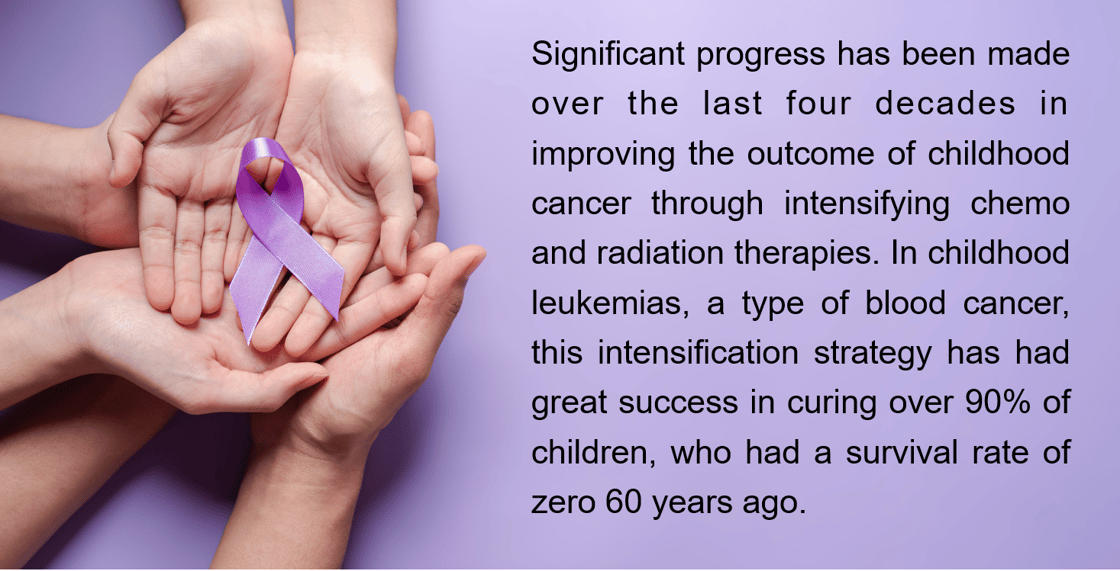
World Cancer Day
February 4, 2024
An insight into Neuroblastoma Research
By Shahab Asgharzadeh, MD
The intensification strategy has not been replicated in other types of childhood cancers, especially those of the solid tumor variety, including neuroblastoma.
Neuroblastoma is the most common solid tumor for children, occurring primarily in children less than 10 years of age. Despite its name, neuroblastoma does not arise from the brain. It is a tumor of the body’s nervous system in which nerve cells running just outside of the spine and those concentrated above the kidney are transformed into cancer. Nearly half of the children with neuroblastoma, whose tumor has spread to other parts of the body (called metastatic neuroblastoma), succumb to their disease despite undergoing nearly two years of intensive chemo and radiation therapies. Those who survive often have long-term side effects, including severe hearing loss, growth issues, and secondary cancers from these aggressive therapies.
Neuroblastoma is also one of the more enigmatic cancers in humans. Some infants are born with a form of metastatic neuroblastoma that spreads to the skin and bones and nearly doubles the size of their liver due to tumor cell infiltration. However, without any form of therapy, this special metastatic neuroblastoma regresses over time and completely disappears within a year of diagnosis. While regressing cancers have been seen in other childhood cancers and even adult cancers, they are exceedingly rare. The prevailing thought is that their disappearance is related to some form of reactivation of the patient’s immune cells. This concept is also the basis for efforts over the last several decades to develop therapies that utilize immune cells to kill cancer cells, a form of cancer therapy called immunotherapy.
The goal of immunotherapies is to reinvigorate immune cells or reprogram them to fight against cancer cells. Early attempts in using immunotherapy led to modest improvement in the survival of children with metastatic neuroblastoma. A more recent and novel immunotherapy approach is to genetically modify (or reprogram) a patient’s own immune cells to attack cancer cells. This form of immunotherapy (called CAR T-cell therapy) involves removing immune cells from the blood of patients, reprogramming them to recognize the tumor cells, growing them in large amounts, and reinjecting them into the patient. CAR T-cell therapy has been very successful in children with leukemias but not so much with neuroblastoma or other solid tumors. One of the obstacles to CAR T cells’ effectiveness in solid tumors is the tumor microenvironment (TME, i.e., the neighborhood that the tumors live in). The TME can keep normal immune cells at bay and disarm the CAR T cells.
Many groups, including ours, are researching novel ways to improve CAR T-cell therapies for children and adults with solid tumors. There is still much to learn about the safety of these new approaches, especially in growing children. Yet the emerging data and research in immunotherapies are exciting and promise novel ways to improve survival without the lifelong effects of current chemotherapies
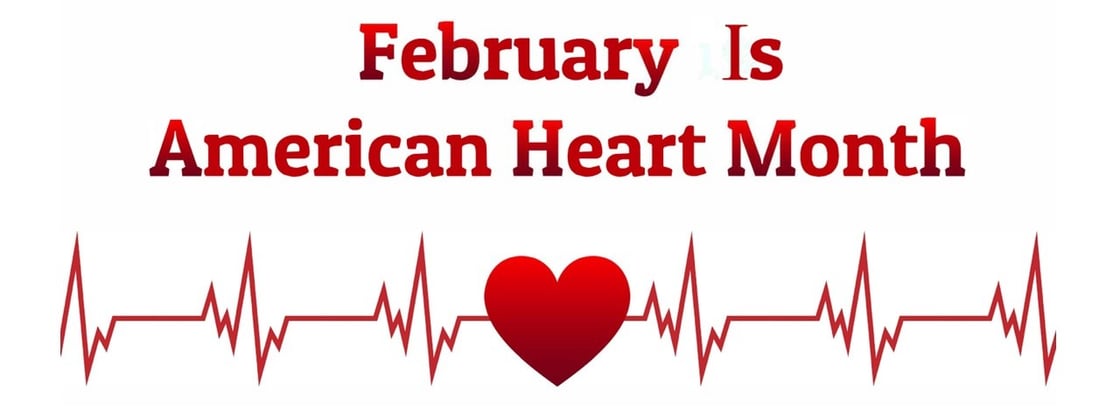
Cardiovascular Health
National Caregivers Day
February 16, 2024
National Caregivers Day in February is an important reminder to recognize the dedicated professionals who care for patients in extended or long-term healthcare. Founded in 2015 by Providers Association for Home Health & Hospice Agencies (PAHHHA), National Caregivers Day on February 16 celebrates everyone who provides the vital services family members and loved ones are often unable to handle by themselves. These specially trained caregivers perform a variety of duties, from personal care to medical services, whether it’s round-the-clock or at regular intervals throughout the week. Hospice caregivers allow family members to spend more quality time with their loved ones.
Caregivers work on the front line, monitoring our loved ones for any sign of physical discomfort or distress potentially indicative of a more serious medical problem as well as for adverse reactions to medication, making them healthcare allies in our efforts to protect patient safety.
Be sure to take this opportunity to thank any caregivers in your life, send them a card, or offer a word of encouragement. It can mean a lot to someone called upon to provide quality, compassionate care every day with compassion and professionalism while often working long and demanding days.

Innovating Price Transparency in
United States Healthcare
A Medical Necessity for Patient Safety and Financial Health
By Brian P. Woods, MD
Introduction
In the landscape of United States healthcare, the issue of price transparency stands as a formidable barrier to patient safety and financial well-being. The lack of clear, accessible information regarding the costs of medical services not only hinders patients’ ability to make informed decisions but also exacerbates the growing crisis of medical debt. As a patient safety advocate, it is imperative to underscore the urgency of innovation in price transparency within the US healthcare system.
The Current State of Price Transparency
In the United States, healthcare costs remain shrouded in opacity, with patients often receiving bills months after services are rendered, devoid of any clear breakdown of actual or distinct charges. This lack of transparency leaves patients vulnerable to unexpected and exorbitant medical bills, causing financial distress and often leading to crippling medical debt. According to a study published in JAMA, nearly 20% of Americans have medical debt1, and medical bills are the primary reason for most bankruptcy filings in this country.2 Furthermore, those who have health insurance coverage are often in a more complex layer of misunderstanding regarding their premiums, their co-pays, and their choices when it comes to in-network or out-of-network charges. It is no wonder that to many, these feel like “surprise” billing practices when in fact it is just another symptom of an overly complicated system with too many steps and parties between the healthcare provider and the patient, who often feels more ill and helpless after engaging in needed care from the healthcare system.
The problem with the mechanics of medical billing is that, far too often, the attempts to fix this problem involve legislation and more regulatory controls3 on the backside of care delivery, meaning that most patients (and the physicians who are prescribing the care) are completely unaware of the real financial impact of the decisions they are making. As a comparative analogy, imagine a friend or family member telling you they went into their local electronics store and ordered a new 80-inch television to be delivered, installed, and turned on only to find out three months after delivery that the new screen was amazing, but they were unaware it would cost over $2,500.00. While we chuckle at this seemingly absurd example, that is exactly what is happening thousands of times per day throughout our current US healthcare system.
Impact on Patient Safety
The absence of price transparency not only undermines patients’ financial well-being but also jeopardizes their safety. When patients are unaware of the costs associated with different treatment options, they may forego necessary care or opt for less effective alternatives due to fears of mounting medical bills. In fact, in a 2023 Gallup Poll, it was reported that 38% of families4 in the United States chose to skip recommended medical care or the purchase of needed pharmaceuticals due to cost and budgetary pressures within the home. These unfortunate choices lead to delayed diagnoses, progression of diseases, and ultimately, poorer health outcomes. Moreover, the stress and anxiety induced by financial uncertainty can exacerbate existing health conditions, further compromising patient safety. Therefore, addressing price transparency is not only a matter of financial equity but also a critical component of ensuring patient safety and quality of care.
The Role of Innovation in Price Transparency
Innovative solutions are essential to dismantling the barriers to price transparency in healthcare. One promising approach is the development of user-friendly digital platforms and tools that empower patients to access real-time information about the cost of medical services,5 including fees for specific procedures, facility charges, and out-of-pocket expenses. Some tools are fighting for complete transparency before care is delivered,6 facilitating informed decisions about care based on actual prepaid knowledge of costs, while other platforms can leverage data analytics and machine learning algorithms to provide personalized estimates tailored to patients’ insurance coverage and healthcare needs. By democratizing access to pricing information, such tools enable patients and their families to engage in quality financial decisions about their care, fostering a culture of consumer empowerment within our healthcare system.
Challenges and Opportunities
While the need for innovation in price transparency is evident, it is not without its challenges. Regulatory barriers, vested interests within the healthcare industry, and the inherent complexity of healthcare pricing pose significant obstacles to progress in this area. However, these challenges also present opportunities for collaboration between policymakers, healthcare providers, insurers, and technology companies to drive meaningful change. By fostering a collaborative ecosystem focused on patient-centered innovation, stakeholders can work together to develop and implement solutions that enhance price transparency, improve patient safety, and promote financial well-being.
Conclusion
Innovation in price transparency is not a luxury option but a mandatory need for improved health in US healthcare. By empowering patients with the information needed to make informed decisions about their care, we can enhance patient safety, mitigate the burden of medical debt, and foster a more equitable healthcare system. As patient safety advocates, it is incumbent upon us to champion the cause of price transparency and collaborate toward implementing innovative solutions that prioritize the well-being of patients and families. Only through collective action can we realize the vision of a healthcare system that is transparent, accessible, and truly affordable for patients and their families.
REFERENCES
- https://jamanetwork.com/journals/jamanetworkopen/fullarticle/2796358#:~:text=A%20total%20of%2010.8%25%3B,in%20at%20least%201%20year
- https://www.cnbc.com/2019/02/11/this-is-the-real-reason-most-americans-file-for-bankruptcy.html#:~:text=And%20for%20many%20Americans%20who,or%20time%20out%20of%20work
- https://www.consumerfinance.gov/ask-cfpb/what-is-a-surprise-medical-bill-and-what-should-i-know-about-the-no-surprises-act-en-2123/#:~:text=The%20No%20Surprise%20Act%20aims,average%20fee%20for%20the%20service
- https://news.gallup.com/poll/468053/record-high-put-off-medical-care-due-cost-2022.aspx
- laasyhealth.com
- healthlock.com
In the News
- A recent study published in Pediatrics revealed the disparities in treatment at US hospitals experienced by Black and Hispanic pediatric patients. The research shows these patients are more likely to experience adverse safety events compared to their White counterparts, as reported by Medriva.
- Federal News Network reports that a Department of Veterans Affairs watchdog says that up to 250,000 veterans treated at sites using the VA’s Electronic Health Record (EHR) system may be at risk of receiving the wrong medication.
- A study recently published in the Annals of the American Thoracic Society found that Latino patients hospitalized with respiratory illnesses are five times more likely than non-Latino whites to be given deep sedation while on a ventilator, a known risk factor for worse outcomes and death, as reported by NBC News.
- A study published in the Journal of Medical Regulation showed that expanding physician assistant/associate (PA) scope of practice does not negatively impact patient safety and was in fact linked to a reduction in medical malpractice lawsuits for both PAs and physicians, as reported by Patient Engagement HIT.
- CBS Boston reports many Massachusetts hospitals are overwhelmed due to a backlog of patients, and some may be forced to cut back on nonurgent procedures. The situation is exacerbated by the financial challenges at Steward Health Care, which operates 10 hospitals in the state.
- Hippocratic AI is launching a Nurse Advisory Council, in conjunction with its Physician Advisory Council, to support its development of large language models aimed at increasing care equity and improving healthcare access and outcomes, as reported by MobiHealthNews.


Donor Testimonial
The Patient Safety Movement Foundation is a guiding light for awareness and actions to keep patients safe. Our family supports the Patient Safety Movement Foundation to keep that guiding light focused on making the healthcare systems around the world safer for all of us. The positive impact of the Patient Safety Movement Foundation has been felt locally as our organization has embraced and implemented the Actionable Evidence-Based Practices.
Charlie Miceli C.P.M.
Chief Supply Chain Officer
Network Vice President
University of Vermont Health Network
Treasurer
Patient Safety Movement Foundation
GOVERNANCE BOARD
Joe Kiani, MS, Founder and Immediate Past Chairman of PSMF, Founder, Chairman & CEO of Masimo
Mike Durkin, OBE, MBBS, FRCA, FRCP, DSC, Chairman of PSMF, Senior advisor on Patient Safety Policy and Leadership, Institute of Global Health Innovation, Imperial College London
Michael A.E. Ramsay, MD, FRCA, Chief Executive Officer, PSMF
Sarah Kiani, Director, Masimo Foundation for Ethics, Innovation, and Competition
Abbasseh Towfigh, MPD, Executive Director and Secretary, Ayeneh Foundation
Steven J. Barker, PhD, MD, Chief Science Officer, Masimo Corporation, Professor Emeritus of Anesthesiology, University of Arizona Health Sciences
Jannicke Mellin-Olsen, MD, DPH, Past President, World Federation of Societies of Anesthesiologists
Philip D. Lumb, MB, BS, MD, MCCM, FCCP, Professor of Anesthesiology, Keck School of Medicine, University of Southern California
Najmedin Meshkati, PhD, MS, Professor of Civil/Environmental Engineering, University of Southern California
Javier T. Davila, MD, Ambassador, PSMF in Mexico, Former Medical Director, Mexican Social Security Institute, Head of Medical Education, Research and Health Public Policy
Robin Betts, RN, CPHQ, MBA-HA, Vice Chair, PSMF, Vice President, Safety Quality & Regulatory Services, Kaiser Foundation Hospitals and Health Plan, Kaiser Permanente Northern California
Nasim Afsar, MD, MBA, MHM, Chief Health Officer at Oracle Health
Edward Kelley, PhD, Chief Global Health Officer, ApiJect Systems
David B. Mayer, MD, Executive Director, MedStar Institute for Quality and Safety
Omar Ishrak, PhD, Executive Chairman and Chairman of the Board of Directors, Medtronic, Chairman of the Board of Directors, Intel
Charlie Miceli, CPM, Treasurer, PSMF, Chief Supply Chain Officer, Network VP of University of Vermont Health Network
Vonda Vaden Bates, Patient Advocate, CEO, 10th Dot
Alicia Cole, Patient Safety Consultant
Jim Messina, BA, CEO, The Messina Group
OUR STORY
The Patient Safety Movement Foundation was established in 2012 to raise awareness around the critical topic of patient safety, and to bring patients, clinicians, healthcare organizations, payers, academicians, government officials, and policymakers together to address the urgent need to eliminate preventable patient harm in all healthcare settings globally. Founded by Joe Kiani, founder and CEO of the medical device manufacturer Masimo, the Patient Safety Movement Foundation holds an international summit annually where world-renowned patient safety experts and advocates discuss the common causes of preventable patient harm and how they can be remedied. The organization collaborates with multidisciplinary teams of medical experts and quality care professionals to develop actionable evidence-based practices that serve as step-by-step blueprints to guide healthcare professionals in avoiding preventable patient harm. As part of its collaborative approach, the Patient Safety Movement Foundation also mobilizes and supports grassroots patient safety advocates and activists, including those whose loved ones were harmed by medical errors. Patient Safety Movement Foundation engages an international cohort of early career healthcare professionals in a custom-designed patient safety curriculum through its Global Interprofessional Patient Safety Fellowship program. In conjunction with the aforementioned activities, the Patient Safety Movement Foundation emphasizes data transparency and sharing patient harm events as a foundational goal to enable systems to better track the progress toward the goal of ZERO harm. The Patient Safety Movement Foundation also seeks to drive systemic payer policy changes to align incentives with the quality of the care provided. In addition, this foundation advocates for an independent multidisciplinary team of patient safety experts to research harm events and potential sustainable solutions to end preventable patient harm. Since the beginning, the Patient Safety Movement Foundation has engaged patients and their families in developing solutions to improve patient care, believing nothing is more powerful than learning about preventable patient harm directly from those most affected and making them an integral part of improving healthcare safety. To learn more and stay connected with our foundation, please visit www.pmsf.org.
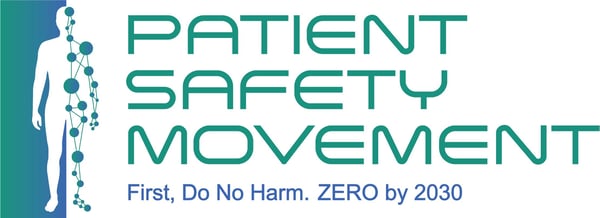

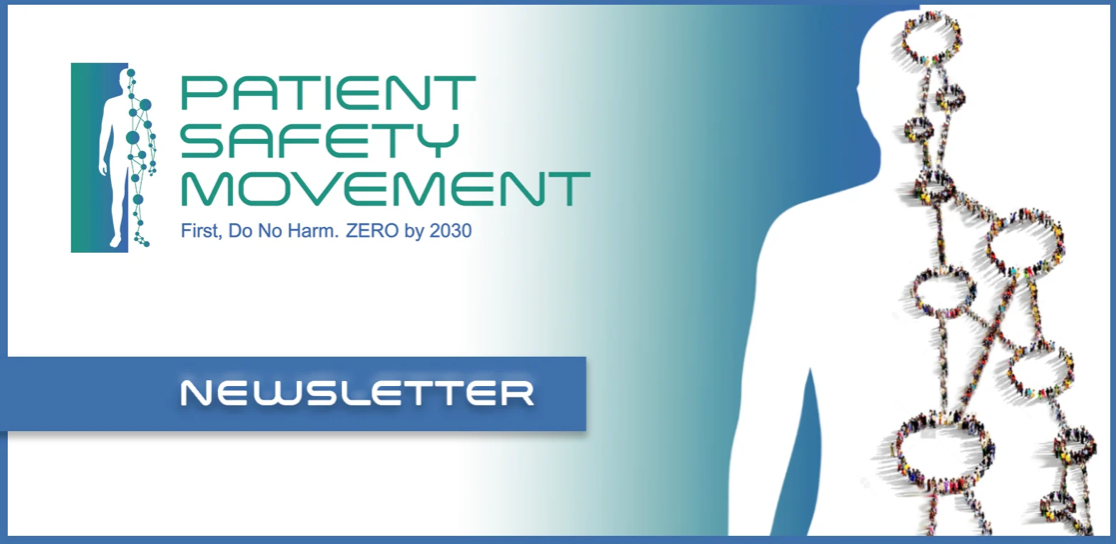
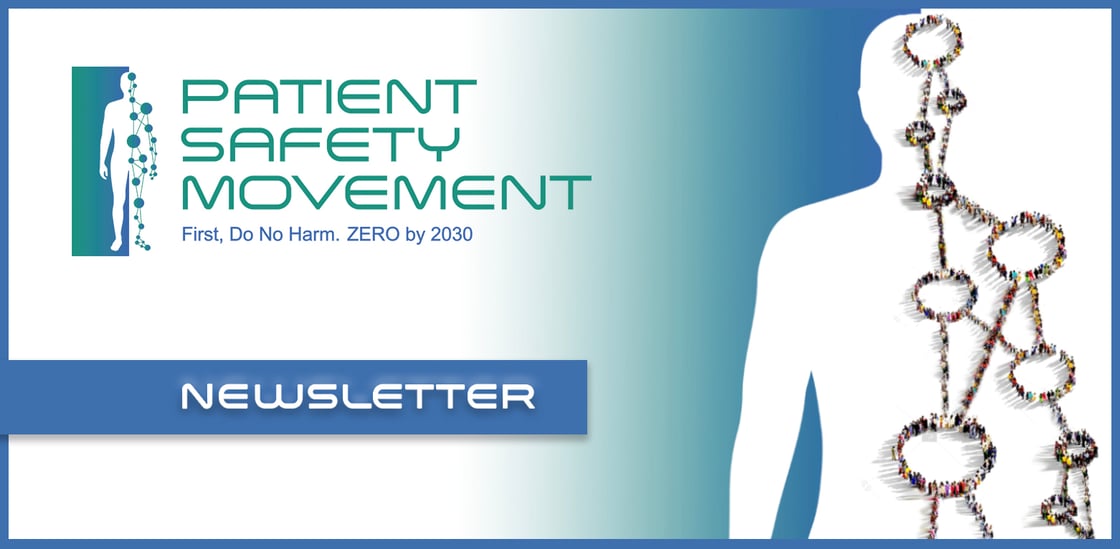

%20(1)HS.png?width=326&upscale=true&name=MicrosoftTeams-image%20(2)%20(1)HS.png)
